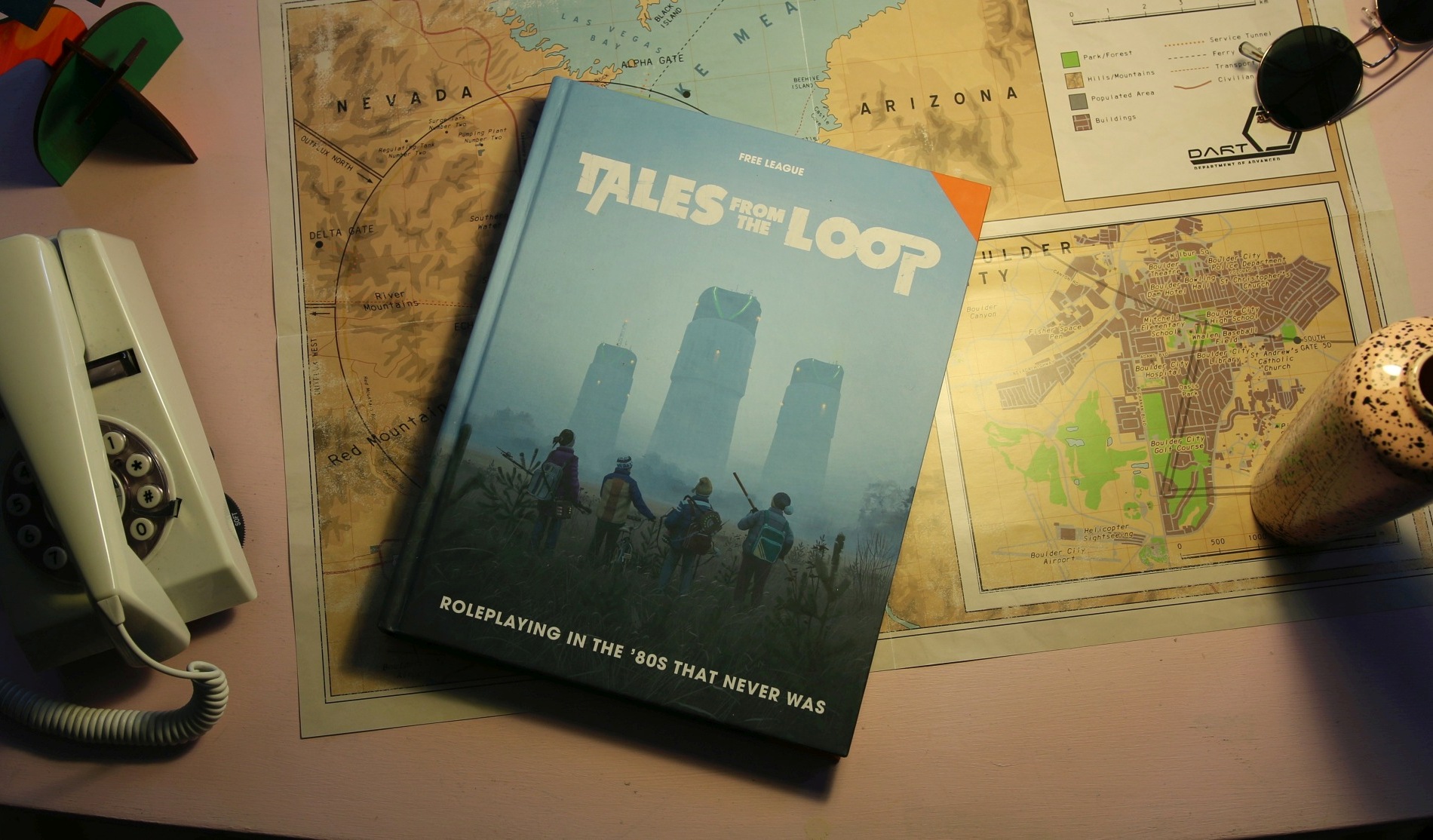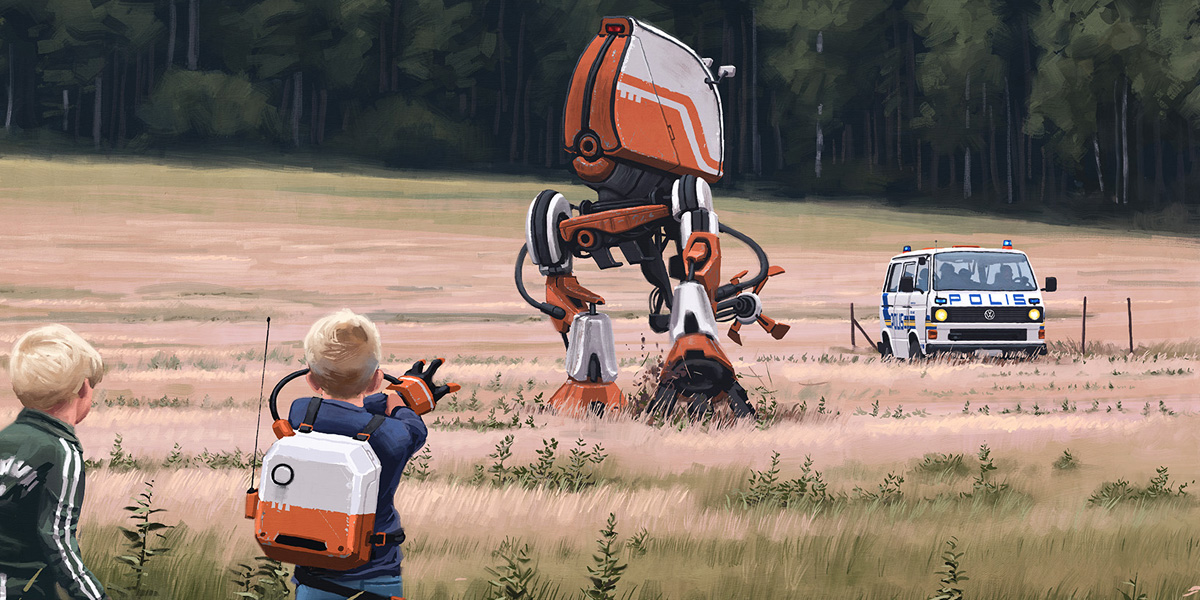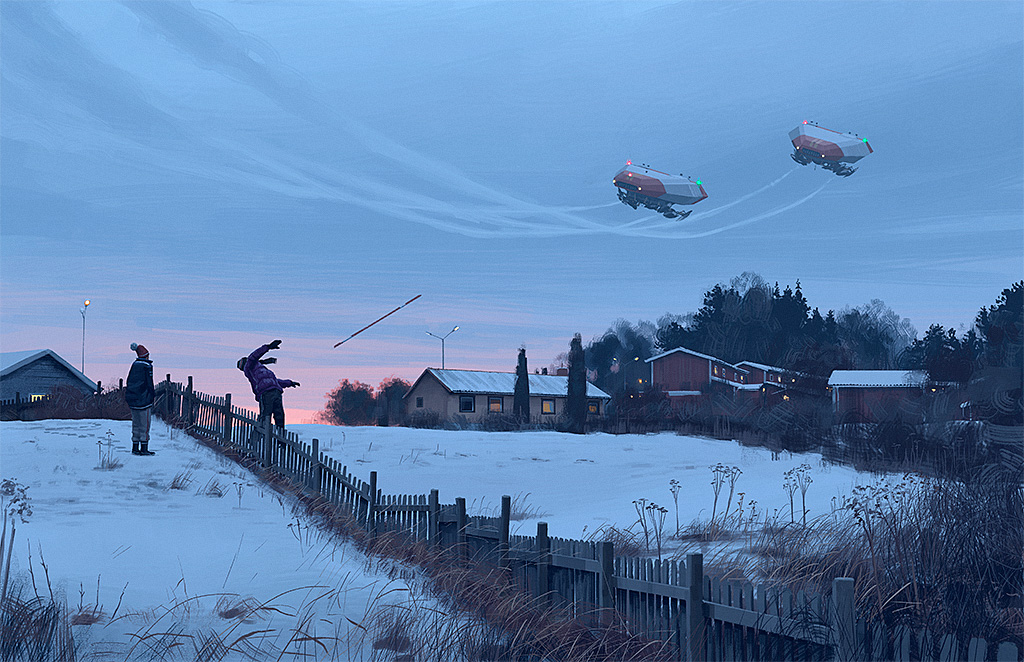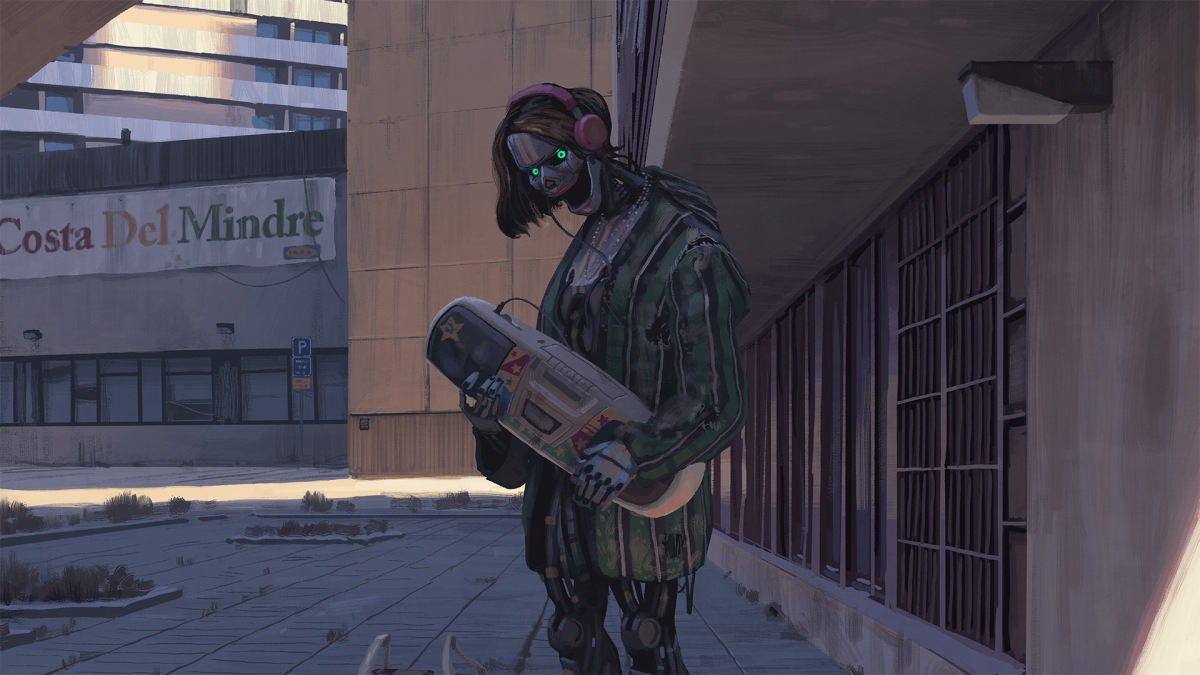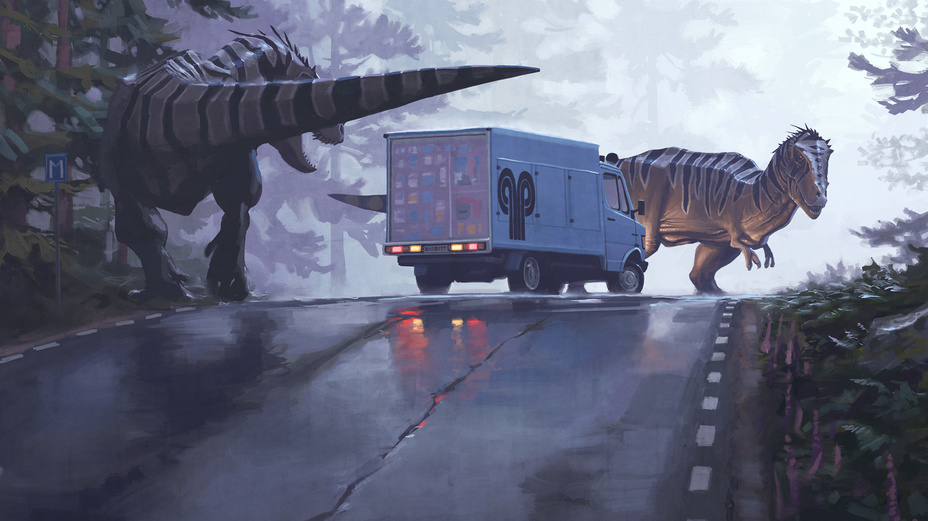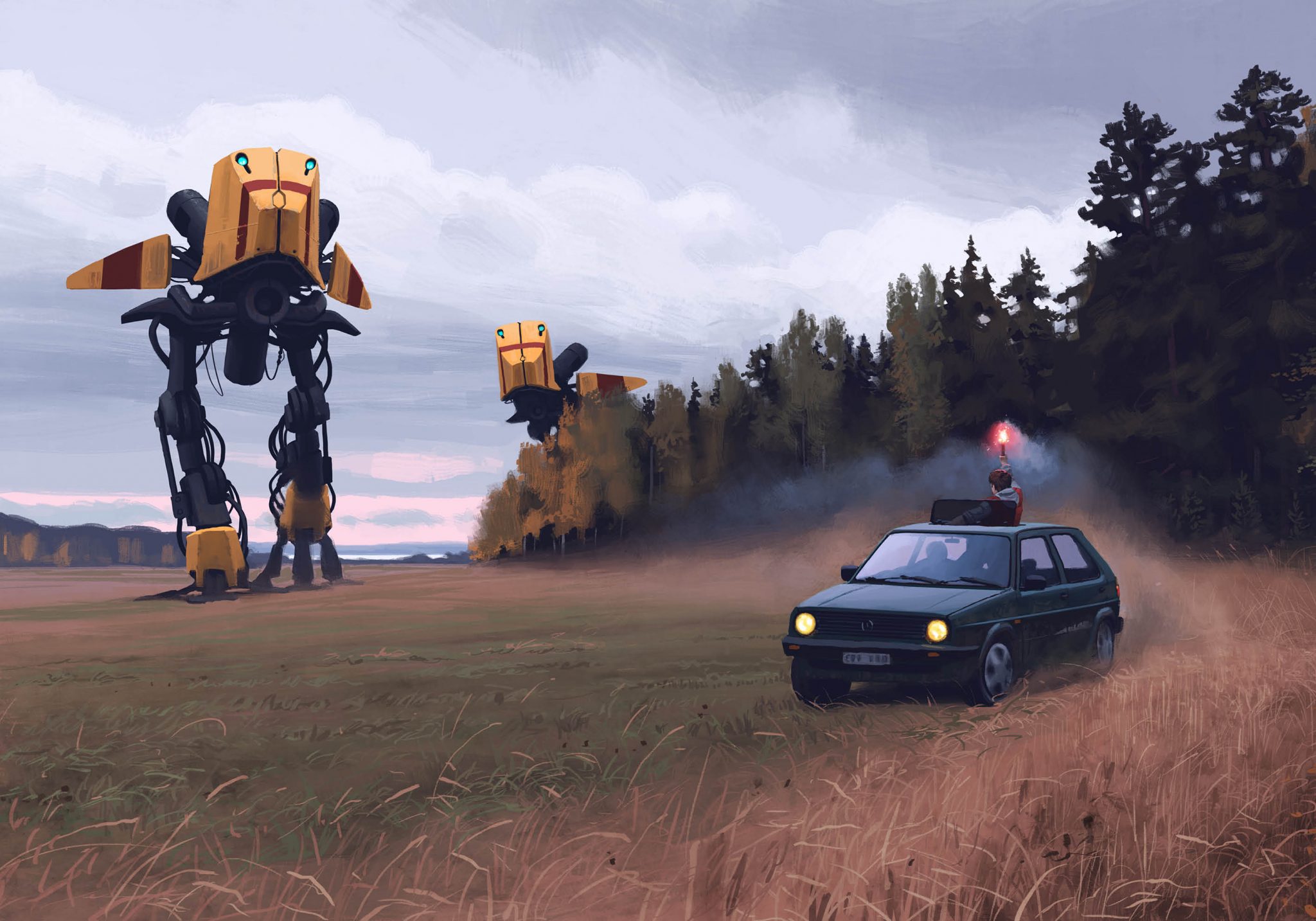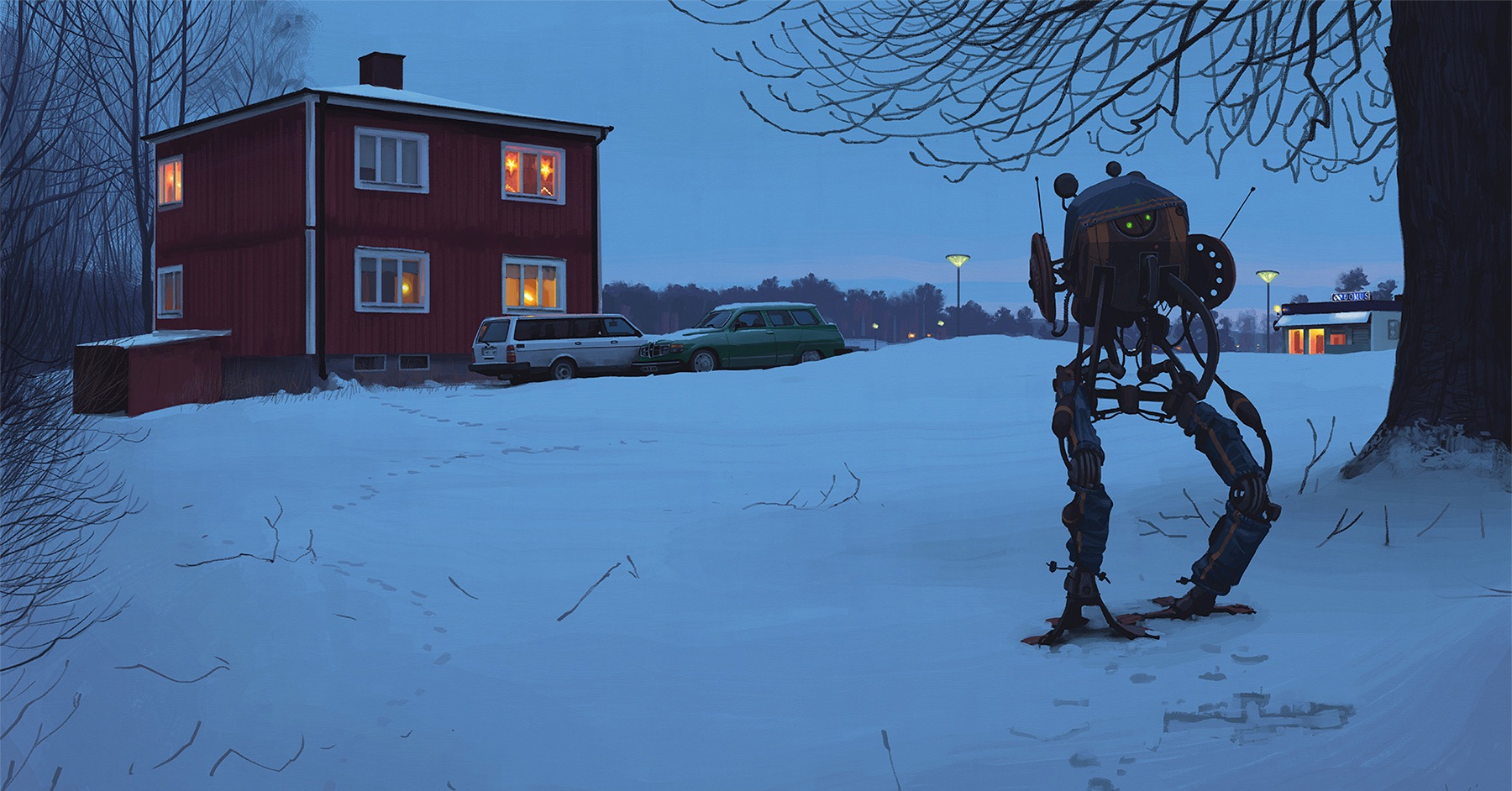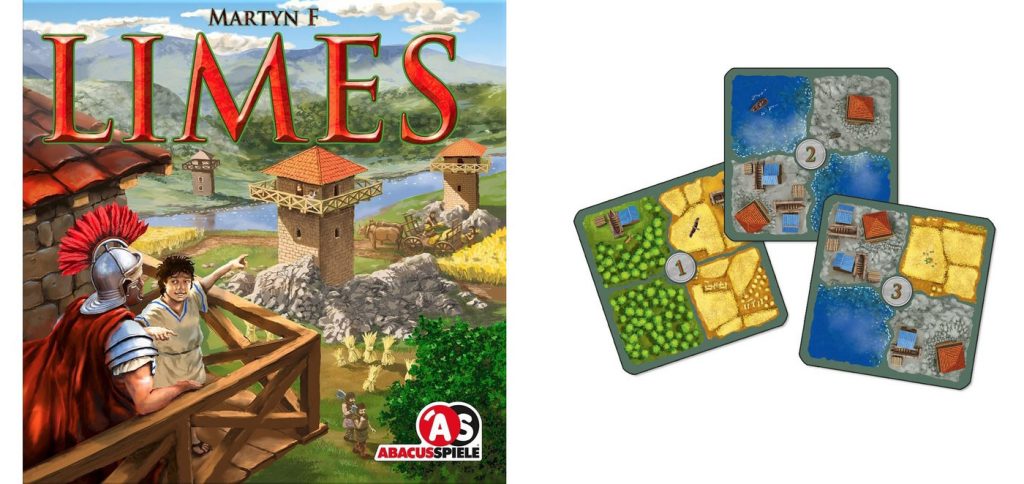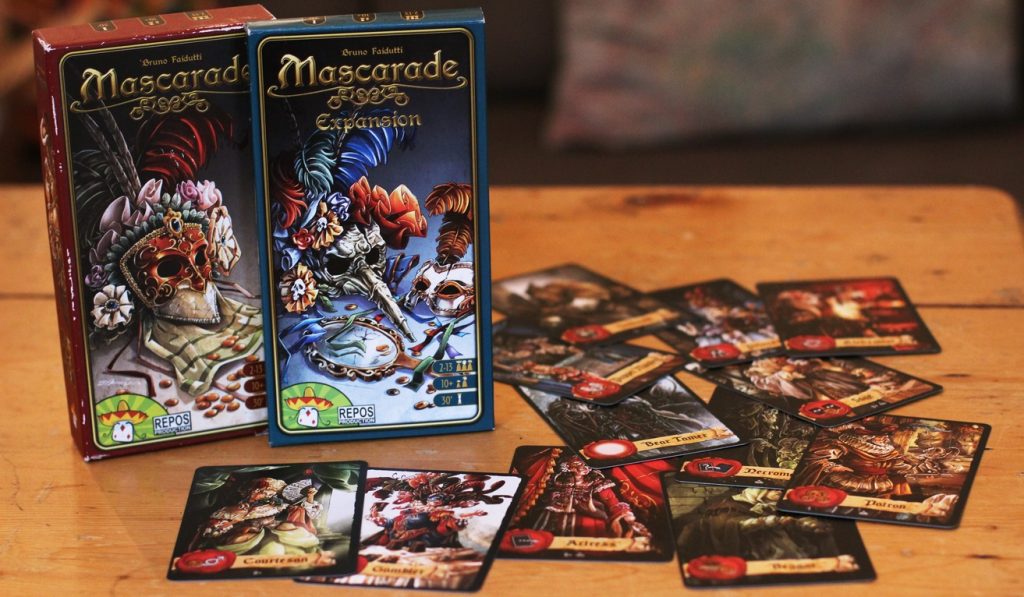Cynthia: Omg! I think we might have an RPG blockbuster here, Quinns.
Everyone’s talking about Tales from the Loop, the game of roleplaying young kids in a 1980s that never was. It’s got everything you need to play out your own version of Gremlins, E.T., Stranger Things, or any movie where kids hurriedly pedal their bicycles to save the day (but should probably be home before dinner).
And who wouldn’t want to play a kid? Adolescence is amazing, and I’m not just saying that because I spent months teaching middle school Algebra. All the hormones, and discovery, and bravery, and adventures, and confusion… it’s perfect RPG fodder. The question is whether Tales from the Loop successfully unites ‘80s nostalgia and middle school feels with good science fiction mysteries.
Ok, I confess. I teared up more than once while playing it. What did you think?
Quinns: I’m going to be very British and delay talking about my emotions so I can squeeze this in above the cut: I think Tales from the Loop is a cool, clever, beautiful book, but the real reason I want everyone to know about it is that it might also be the easiest experience I’ve ever had being a Games Master.
If you’ve never run an RPG before, I think this is the most uniquely exciting yet straightforward game that I’ve found since Monsterhearts.
Cynthia: That is far from being faint praise. I do believe you’ve got some strong feelings(!) for this game, but we’re getting ahead of ourselves.
Tales from the Loop is a game about playing 10-15 year old kids in an alternate 1980s containing robots and hovering ships, where mad science can be found in many a wood-panelled basement. As players solve mysteries and foil ne’er-do-wells they can expect plenty of skinned knees and hurt feelings, but no actual death. Instead, if a player character ever turns 16, they immediately leave the group. The book is very clear: Interesting things only seem to happen to kids.
While the lead designer is one Nils Hintze, the world is actually based on an artbook of the same name by Simon Stålenhag. If you’re interested you can could also check out the far-creepier Things from the Flood artbook or the just-kickstarted The Electric State.
The RPG is almost solely illustrated by Mr. Stålenhag, and we’re using his art to illustrate this review, too. Because… well, why wouldn’t we? Look at this stuff!
So Quinns, when was it that you knew Tales from the Loop had gotten under your skin?
Quinns: Ooh, ok. It was actually a scene quite early on. My players had begun exploring the simplest pre-written mystery in the book, to do with birds displaying unusual intelligence.
We’d just had the first dramatic reveal, so I set the next scene as “The kids just walking to school the next day, and the school bullies begin hassling them.” Because this is what Tales from the Loop encourages you to do- alternate between sci-fi and the kids’ ordinary lives. And this scene with the bullies was no less evocative than previous scene, but it showed a completely different side to the kids. Suddenly they were frail little things, and their friendship became far more important. In a magical moment, these became real children, and dammit, they deserved an adventure.
Cynthia: Yup. That’s exactly it. If it were just mysteries and hijinks, this wouldn’t be a remarkable game. It’s the spliced-in real-life adolescent crises that make it… something more.
Quinns: Right? A lot of people look at me with a sort of questing face when I tell them that I play RPGs. They want to know why I continue to play them as an adult. My personal answer is “Because sometimes, they’re absolutely magical,” and Tales from the Loop made it very, very easy for me to access that magic.
You’ve got the simplest rules of any RPG I’ve played recently, a contemporary setting that everyone feels comfortable with, and a game of two halves, neither one of which is complicated, and yet in fusing them together they become something more. One of our kids relied on his single parent a great deal. When that parent became… let’s say “unavailable” as a consequence of a mystery that the kids were investigating, four hearts around our table broke at once.
Essentially, the mysteries the kids are solving makes life as a kid seem especially raw and cruel, and then real life makes the mysteries seem especially mysterious.
And it bears repeating: My god, the game is a great excuse to look at this art.
Cynthia: There’s more than gorgeous pictures here, though. Tales from the Loop: The Game might have emerged from the artbook, but when we played the RPG the heart and soul of it was found in our characters.
Quinns: I completely agree. Shall we talk a bit about character creation?
Cynthia: Sure!
Quinns: So, the way the book sets it up is that each player has one of eight Breakfast Club-like archetypes to choose from- the Troublemaker, the Computer Geek, the Popular Kid, and so on.
I’ve always thought that Dungeons & Dragons being everyone’s first roleplaying experience makes for a pretty steep learning curve. You’ve never done this before and you’re expected to embody a wizard. You know what’s easier than that? Playing a jock.
So I quite liked the archetypes, but am I right in thinking that you had some trouble with them?
Cynthia: Well, yes. The Breakfast Club was about teenagers, but most eleven-year-olds are too young to identify yet as a Jock or a Rocker (though I know plenty of twelve-year-old Troublemakers and Bookworms). Hick seemed… a bit derogatory? And a friend noticed that a suggested “Pride” for the Weirdo involved being homosexual–– the only mention of queerness in the entire game. Those of us who identify as GLBTQ bristled at that: why was only the Weirdo queer, with queerness as a (possibly secret) Pride? Why not more fully address being a GLBTQ kid in the 1980s?
When I ran the game for a group at Origins, I left the Types out- which was easy because mechanically they don’t do much. And my players created fascinating, diverse, human characters that they loved and that transcended any Type in the book.
Other than that, character creation was deeply evocative. The system plunges beyond stats like “Tech” or “Charm”, straight into a character’s drives, tastes, and insecurities. These kids leap off the page, take players over, and then launch themselves into adventures. Some from our own good memories, like dying tongues blue with popsicles and launching bottle rockets; but there were sad experiences, too: parents getting divorced, the popular kid making fun of you, your serious moral quandaries not being taken seriously.
Those moments of roleplaying everyday adolescent life have been among my most rewarding RPG experiences ever.
Quinns: Oh wow. Do you know, exactly the same thing happened to us? A lot of our most affecting scenes happened around the kids’ different houses, since they all had radically different home lives- we had a loveable single dad, some professional parents who were never home, two parents going through a hideous divorce and even a trailer crammed full of siblings. I’m sure that sounds mundane, but when everyone around the table has fallen in love with a character’s kid, seeing what they’ve come to accept as normal at home felt very incredibly raw.
Cynthia: The character I played had separating parents, and she almost missed moving her dad out of the family’s house into his new apartment because of mystery-related things. And I lost it. ANYWAY. How did you find the mysteries provided in the book?
Quinns: Now who’s being English!
I think the adventures in the book are fine, with occasional flecks of mediocrity? Mostly what struck me is that you get a lot of them, which, again, I think is a boon for people who want to use this book to get into roleplaying.
Usually an RPG comes with a single starter adventure. Tales from the Loop offers four mysteries, designed to be played as Spring, Summer, Autumn and Winter of a single year, and also an exciting “Mystery Landscape”, which my friend Kieron coined as “The Goonies Do Skyrim”. If you choose to play that way then the world of your kids is seeded with ideas for adventures, and the kids can explore what they find interesting- I found it a fascinating way to play, for GMs who feel confident and/or players who want freedom.
Cynthia: Argh. Okay. I found the book’s adventures… unpleasant to run.
Quinns: Really!
Cynthia: Yeah. They kept assuming that the PCs were doing things that mine simply weren’t, so major plot hooks weren’t getting bitten and clues weren’t easily coming forward. On top of that, the dice success rate was consistently so low that players ran out of re-rolls and got stalled. I had do a fair bit of railroading and give the PCs clues and openings regardless of the dice results. We all got frustrated, and my players said they found the experience disappointing. So the last time I ran it, I built my own adventure and scattered enough clues around that my players wouldn’t get stuck, even with unhelpful dice. Things went way better, though that could just be me preferring to run my own material.
And speaking of pre-packaged material, the book’s American setting didn’t work for me either. Tales from the Loop offers names and locations to help you set your story in Sweden or the U.S., and while Boulder City’s geography is fascinating, the localization was incomplete and unrealistic in ways I had to navigate around. Tales from the Loop only really came alive for me when I transported the Loop to Salt Lake City, Utah, where I grew up. If nostalgia is a huge chunk of what the game is offering, why not center that nostalgia around a place and culture you intimately know, rather than a clumsy Swedish interpretation of an American suburb?
Quinns: Iiiiinteresting. Yeah, we found that the Swedish setting of the Malaren Islands worked great, since the kids can get almost anywhere with bikes and bravery (perhaps even daring to bother the kids in the record store to drive them somewhere) but are naturally hemmed in by water, like an open-world videogame. My first thought reading the American setting was “How the hell do the kids get anywhere in the desert?”
Cynthia: On bikes, but only during morning and evening. Mostly you hide out inside or hang at the pool.
Quinns: Ingenious! So, we arrive at the question that waits at the end up every SU&SD review like a big, protective momma bear: Should people buy it?
Cynthia: Here’s my takeaway. For new RPG players, Tales is a decent game that you’ll enjoy and that will make your heart burst. But you need an experienced GM who’s able to either alter the book’s mysteries or create their own, and who can put in work when poor dice rolls hold the players back.
There’s so much good in Tales from the Loop. It’s just not enough to keep me playing it without altering the system. Not enough for me to wholeheartedly recommend it. How about you?
Quinns: You know, I really like the dice system, which mostly survives intact from the interesting (but for utterly different reasons) Mutant: Year Zero. I like the system for its simplicity, really. This is the big-book game that I’ve seen people with little RPG experience pick up the fastest, I like that everyone can pick a dice roll once per session that they automatically pass, and I like that players spend the game looking up at one another as opposed to down at their character sheets. But I totally agree that perhaps while this game is easy to run, it can be tricky to run well.
Here’s my question to you, though. You say that it needs a GM who’s able to create their own material, since you’re not so hot on the included adventures- isn’t that every single RPG we’ve reviewed on the site? Should we penalise games just for being ambitious and including a ton of adventure hooks, as well as an additional setting?
Hmm. I think I’m feeling protective of Tales from the Loop. I love it for existing so capably and confidently outside of the RPG norms of sci-fi, fantasy and “the occult”.
Cynthia: In all honesty, Trail of Cthulhu, Firefly, and DnD all offer better constructed, more plentiful adventure hooks that are easier on GMs. I’m just saying that I wouldn’t encourage a new GM to run Tales from the Loop right out of the book. I don’t think it would go well for anyone at the table. It’s not only that I feel prep is necessary, it’s that I feel the dice system and the mysteries need help.
And there’s now a few RPGs about kids and teenagers that I haven’t yet tried: Masks and Velvet Glove by Magpie Games, Bubblegumshoe (based on the system of Trail of Cthulhu), Misspent Youth (which is very punk), and an indie game called Home by Dark, which is inspired by the same ’80s movies as Tales. I’m curious about these, and if real life made it remotely feasible, I’d run them all.
Quinns: Oh god. Wait, I’ve just thought of a criticism of Tales from the Loop.
Cynthia: Say it…
Quinns: I don’t want to.
Cynthia: Saaaayyy it…
Quinns: Fine! So instead of taking nebulous “damage points”, the kids in this game check boxes showing that they’re scared, injured or angry, which was great fun when I played Torchbearer and it’s fun here. Now, on paper, we all really liked the rule where, in order to un-check those boxes, the kid have to roleplay a scene where they’re taken care of.
In practice, this was the one area where my players and I struggled. A scared kid opening up is a slow, awkward process, and trying to finish those scenes and keep the game’s momentum felt like the emotional equivalent of searching for the light switch in a dark room.
If I was playing Tales again, I’d probably have a bunch of silly, pre-written set-ups for those scenes. If I know someone is going to want a scene with their dad, then I can have their kid (for example) arriving home while their parents are having a party. I can put some Kool & The Gang on iPad for the duration of the scene, let the rest of my players play that dad’s friends and we can have some fun with the wholel thing.
Cynthia: And yes. That. Yes. And. Quinns, MOST IMPORTANTLY, what’s your favorite 1980s song?
Quinns: Oh jeez. Have we gotten this far without mentioning that during character creation, everyone names their character’s “theme song”? As I GM I had those songs on standby at all times, and playing them at the height of the adventure was the best moment in our campaign and possibly my life.
My favourite 1980s song is Thriller. Someone out there needs to make a Halloween-themed adventure for Tales from the Loop and use that song during the reveal of the monsters. Or do a wolf-themed adventure with Hungry Like the Wolf. Oh shit. How did I not think of this earlier.
Cynthia: Having spent almost a decade in Minneapolis, I gotta go with something by Prince, probably I Would Die 4 U. Oh, hey. That could be a song about gaming. Die, singular of dice, get it?
Quinns: That is a princely pun.

